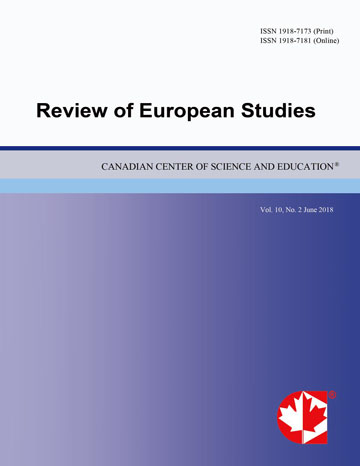Role of Social Groups and Classes in the Islamic Revolution of Iran
- Mohammad Rahimian
- Abbas Keshavarz Shokri
Abstract
The main objective of the paper is to study the role of social groups and classes and their alliance in the Islamic Revolution. The methodology used in this study is the qualitative document analysis. The results showed that the chasm among social forces was moderately wide before the Revolution and the alliance among social forces was weak after the Revolution and in the new regime, therefore, the extent of transfer of power was so vast which led to a large-scale revolution.
- Full Text:
 PDF
PDF
- DOI:10.5539/res.v9n3p100
Index
- ACNP
- CNKI Scholar
- DTU Library
- Elektronische Zeitschriftenbibliothek (EZB)
- EuroPub Database
- Excellence in Research for Australia (ERA)
- Genamics JournalSeek
- Google Scholar
- Harvard Library
- HeinOnline
- Infotrieve
- JournalTOCs
- Mir@bel
- Open policy finder
- RePEc
- ResearchGate
- ROAD
- Scilit
- Technische Informationsbibliothek (TIB)
- The Keepers Registry
- Universe Digital Library
- WorldCat
Contact
- Paige DouEditorial Assistant
- res@ccsenet.org
